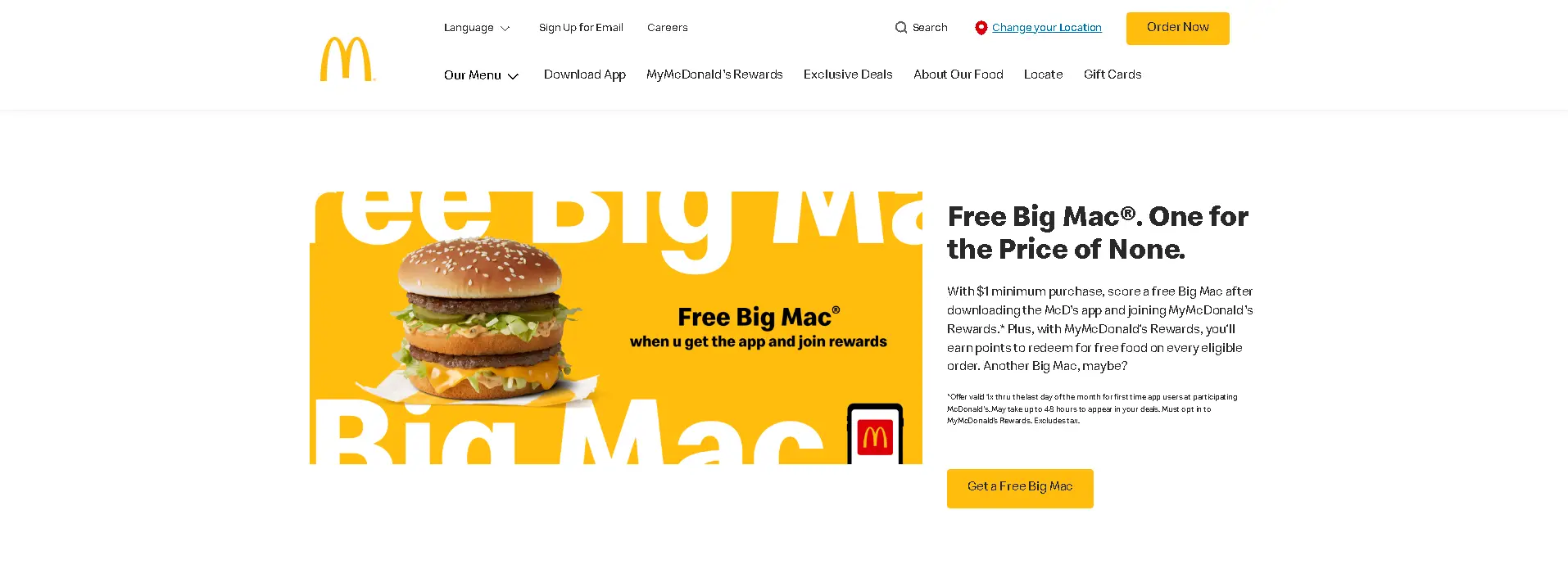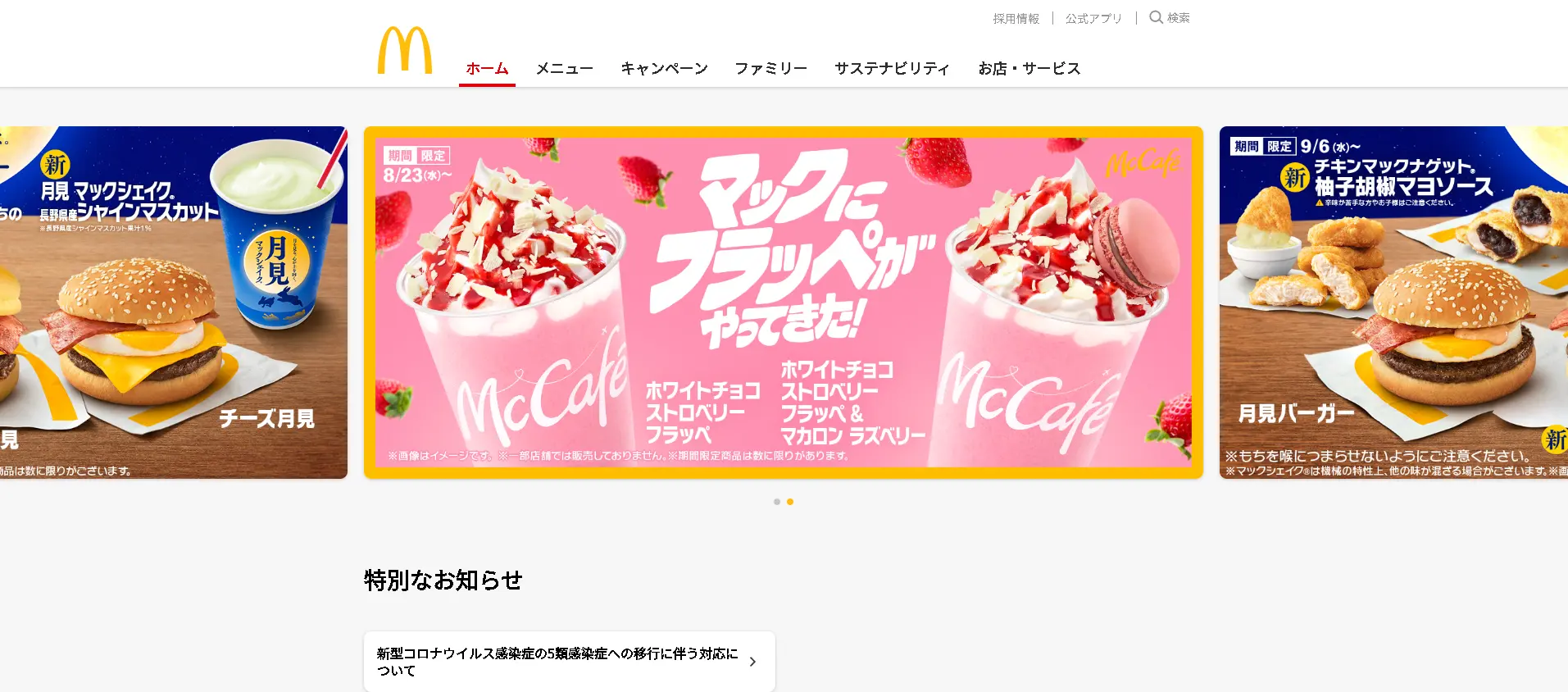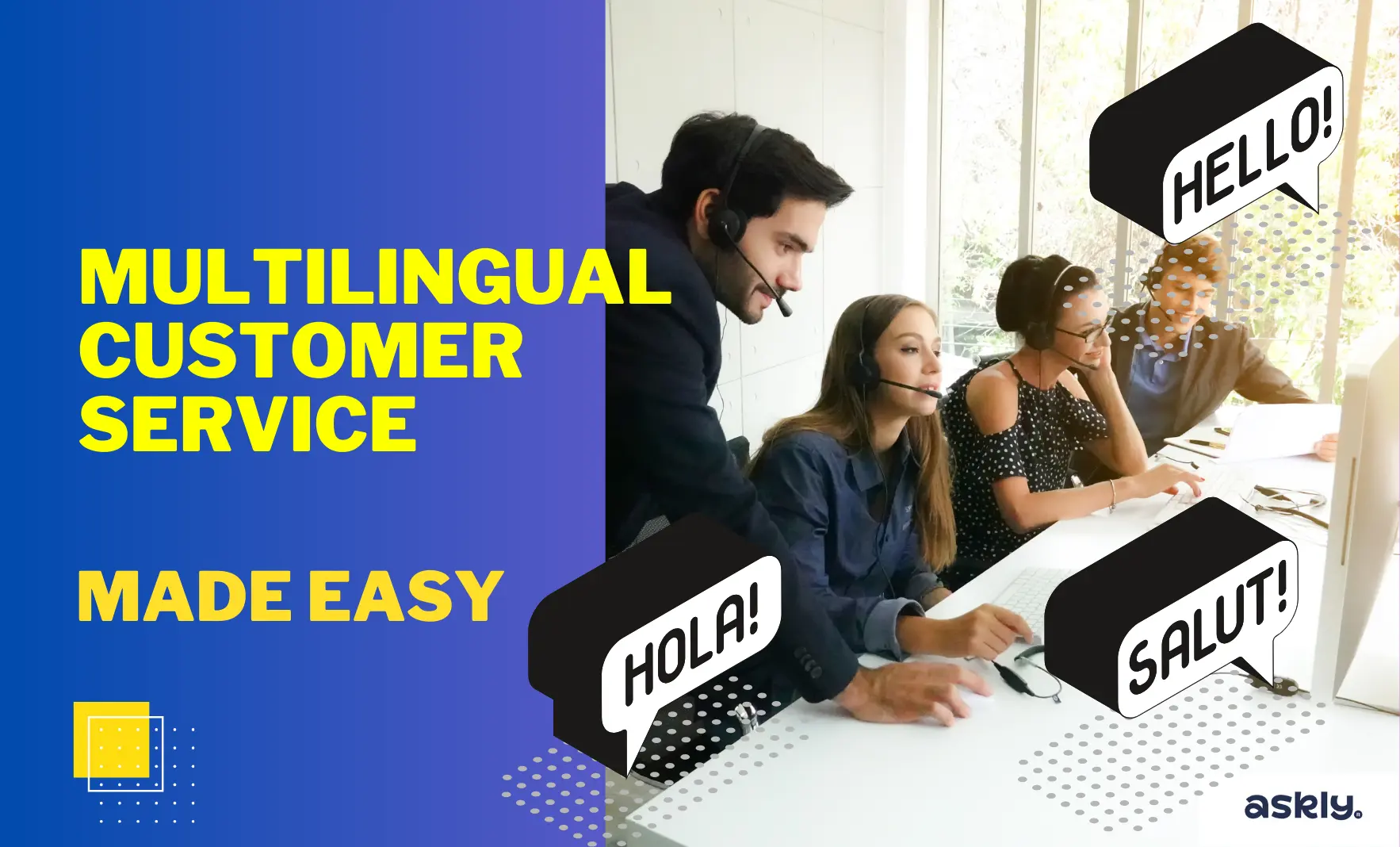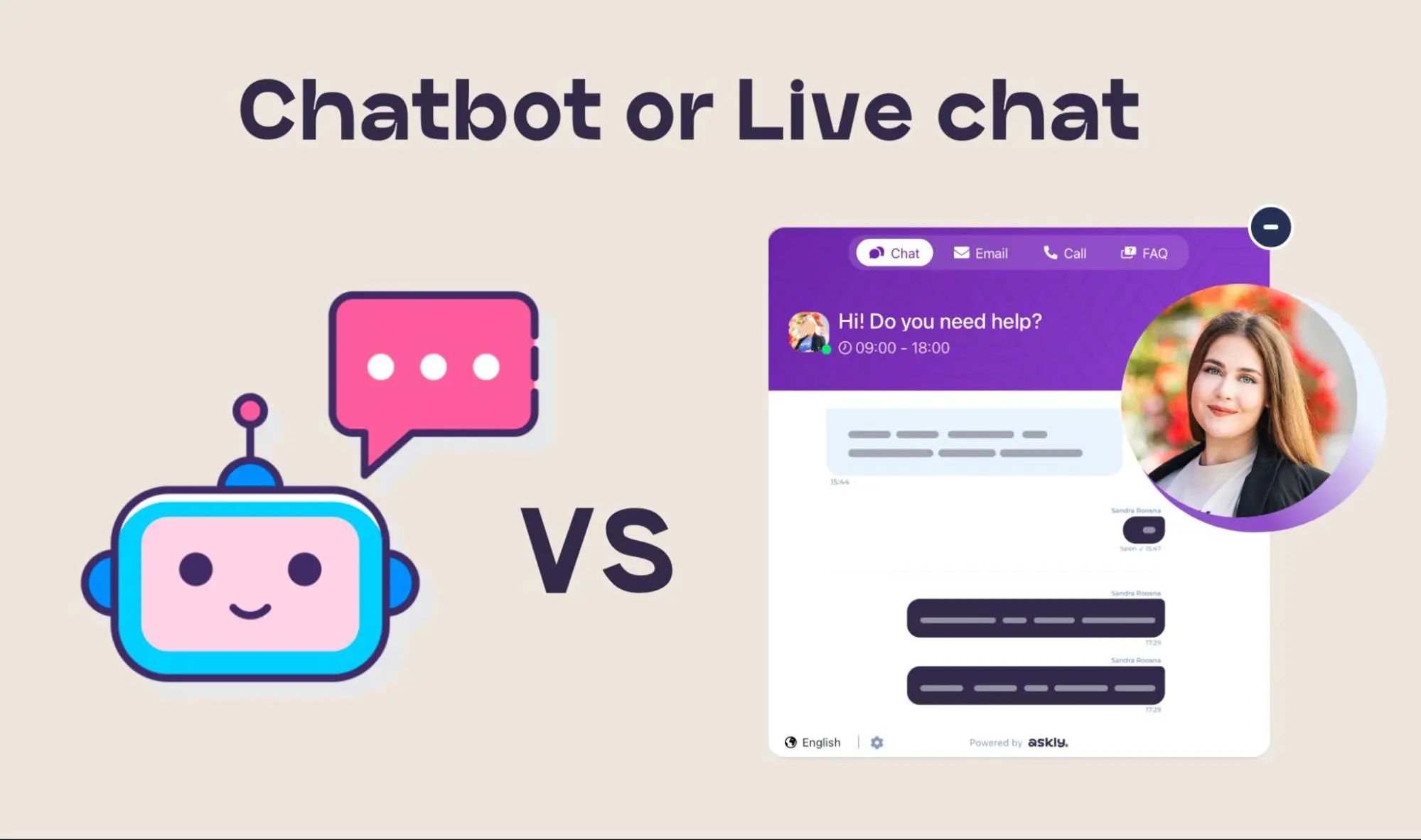How to Successfully Build and Manage a Multilingual Site for Global Reach

Sandra Roosna
Askly CEO & Founder
Only about 15% of the world's population speaks English.
Which means that without a multilingual website, you're losing a large amount of potential customers.
If you have an online store today, you could have plenty of international customers.
Some companies manage to win global customers, while others don't.
But what makes an excellent multilingual website successful?
To understand that, we dive into this topic by analyzing 1000+ international online stores.
And in this blog, we will show various tips and tricks on how you can take your multilingual website to new heights and shine bright among a much larger international audience.
Let's jump right in.
Firstly, What Is a Multilingual Website?
As the name suggests, a multilingual website is a website that provides customers with content/products/services in two or more languages.
Typically, this refers to written content.
In some cases, multilingual websites also offer different types of localized content like videos, webinars, or infographics.
Nowadays, almost all consumers can translate any website in their browser using Google Translate.
If you're not in a highly competitive industry or don't have a clear value proposition (demand is higher than supply), a quick and simple Google Translate option for your website can even replace complete localization.
On the other hand, if you operate in a competitive niche like Fitness, for example, you probably need a complete and quality localization for your online store.
How to Build a Multilingual Website from Scratch
Step 1: Defining Goals

This is step 0 of the building process, and it is the most important one.
Why is that?
Because if you don't develop a specific strategy, you will spend a lot more than you might or even translate your website into languages you don't need.
So, the first step is to really understand your audience and what language/s they speak.
Step 2: Domain Strategy
There are two ways to build a multilingual website:
- Subdomain
- Separate domain
What's the difference between the two?
A subdomain means having one main website domain with different subdomains for each language.
On the other hand, you can also have completely separate domains for each language on your website.
Both strategies have their pros and cons.
For example, the subdomain approach is cheap because you don't have to pay for multiple new domains but the risk of having sudden broken links or general issues with the website is higher.
Inversely, separate domains are faster and are less prone to bugs, but they're also pricier.
Step 3: Translating Your Content
When translating your content, you have multiple options to consider.
And unless you're extremely proficient with the languages you're translating in, it's better not to try completing this step on your own.
You have mainly two options:
- A professional human translator
- A neural machine auto-translation
A professional translator is a great way to ensure your website gets both translated and localized the right way.
However, this can cost you a lot depending on how much content you want to translate.
Neural machines, on the other hand, are much cheaper and faster but you have to review and proofread their translated content.
Why is that?
While these machines have a high accuracy, some grammatical or cultural nuances can get lost in the translation.
Step 4: Adapt Your Visual Content
Text isn't the only part of your website that you should translate.
In fact, you also have to adapt your visual content, such as images, videos, and infographics.
For example, let's say your main website for an American audience has the Statue of Liberty on it.
You should swap that image with the Eiffel Tower if you want to target your French audience.
Step 5: Optimize SEO
Different markets have different SEO rankings.
So, if you want to optimize every domain or subdomain for each language, you must optimize SEO for each.
Start with keyword research to understand the trends for a specific audience and create an SEO strategy for each language section of your website.
Step 6: Multilingual Button
The final step is to create an easy-to-spot multilingual button.
Why is that important?
You can have the best-translated website in the world, but if your audience can't find the button to change the language, it will be useless.
The longer your customers have to search for it, the higher the chances they might get frustrated and leave the website.
So, you should make your multilingual button easy to spot and use.
We suggest using the "language selection" button as a drop-down menu in your primary header navigation.
Good multilingual websites
Here are some multilingual websites, who are already providing option to chat in their native language:
- https://www.hilton.com/en/hotels/tllhihi-hilton-tallinn-park/
- https://onoff.ee/en/
- https://www.en.ideal.ee/
- https://hortes.ee/
- https://www.bauhof.ee/et/
- https://www.decora.ee/
- https://sportland.ee/
- https://www.hawaii.ee/
- https://punktid.ee/
- https://ballzy.eu/en/
- https://www.marmara-sterling.com/et/
- https://goldtime.ee/
What Are the Actual Benefits of a Multilingual Website?
The main ones include:
-
Expanding your customer base and increasing conversions: According to a recent study, 66% of online consumers would pay more for a localized product.
On top of that, some international customers might speak no English or very little of it. So, not having other languages on your website damages your customer base reach.
-
Increased customer loyalty: Customers gravitate towards businesses that "get" them on a deeper level.
They don't want to deal with soulless companies but with people who deeply care about them. That's why, if you provide them with a multilingual website, they'll keep coming back.
-
Higher engagement: International visitors are typically "high buying intent prospects," but they are also hesitant to express their thoughts due to the language barrier.
How would you feel if you wanted to buy a product but all you see is a language you can't understand? You may not even try to contact customer support and leave the website.
By providing them with their preferred language option, you allow them to express opinions and concerns, which ultimately leads to higher sales probability.
-
Rule international SEO: Creating a multilingual website also means that you're going to rank for international SEO. Ranking for multiple language queries also means increased traffic and visibility for your website.
-
Outcompete your competitors: Let's say you have an online store and you sell pens. There are probably 100 other stores online that sell pens like you. Now, if you build a multilingual website and they don't, you have a significant competitive advantage.
Why?
If a Spanish speaker is looking for a pen and your competitor's store doesn't have a Spanish option on their website, the potential client will come to your store instead.
The Essentials of a Successful Multilingual Website

Translating your website accurately into different languages is key to nail a multilingual site.
And if you want to have an incredible multilingual website that your international clients will love, here are some of the essentials to nail one.
Fully Localized Customer Service
Most online stores already have customer support in the form of chat or chatbot, but they haven't localized it yet.
Why is this crucial?
Because top-notch localization is one of the key features to build trust and entice customers to finalize the purchase.
Imagine you want to buy from a Polish website that is loosely localized. And when you open the live chat, call, or send an email you get awkward replies in broken English.
You won't trust them with your purchase or have second thoughts, right?
And if your client doesn't trust you, or gets quick and reliable help, it is >90% a lost customer.
Providing real-time multilingual customer support used to be challenging and often very expensive.
You couldn't easily afford a customer support team with 10+ language skill sets.
So, is there an easy solution without spending considerable capital?
Yes, there is, and it's called Askly.
Askly enables you to implement seamless real-time translation with neural-machine translation engines for every customer inquiry.
Your team can easily reply to every customer in their native language.
And because Askly is 100% localized, it opens by default in every customer's original language as soon as they enter your online store.
On top of that, Askly requires zero development and effort.
You plug it into your website in a few minutes and use it with the free trial.
This allows you to save on hiring multiple people and provides high customer support to your international clients.
You can now make every website visitor feel at home and get the experience they want to share or come back for more.
Accurate Content Translation

This one goes without saying but copy-pasting your website's text into Google Translate won't cut it.
The resulting translation will be extremely unreliable at best.
And you know what's worse than not having a multilingual website?
Having an international site with clearly inaccurate and low-effort translation.
Secret Tip: One helpful tool to translate accurately is Weglot - experts in multilingual websites.
Product descriptions, FAQs, and other written content need an accurate translation, otherwise, it could lead to misunderstandings, poor customer experience, and even legal issues.
Currency Conversion

There are a lot of different currencies around the world.
How does that affect your multilingual website?
Let's say you live in a country where the exchange rate is vastly different, like the USD and the Indian Rupee.
Sure, your customers could manually convert every price on Google.
But that would offer a poor customer experience.
So, when you build a multilingual website, you should display prices in the local currency of the customer.
Payment Methods
If you live in the US or Europe, PayPal might seem like the standard for transactions.
However, different countries have different preferred payment methods, and you should provide those to your international clients.
Not having local preferred payment options might put off international clients instantly.
Make sure you have at least the following payment methods:
- Debit/Credit card
- ApplePay
- PayPal
- Bank transfer for most of your customers' origin countries
Shipping

High shipping costs and long delivery times can make you look bad in the eyes of your potential customers.
In fact, 43% of consumers abandon their shopping carts if the shipping costs are too high.
To avoid that, find local shipping partners to shorten delivery times and lower overall prices.
Customs & Duties
How many times have you ordered from international websites and, when the package arrives, you get hit with extra customs costs?
Probably a few times.
And I presume you weren't very happy with those.
That's why you have to make sure your multilingual website has all the information about additional costs like customs, taxes, and duties to avoid unpleasant surprises for your customers.
Regulations
Different countries have different laws and unless you want to get into serious legal issues, you must pay attention to local regulations.
Some of the most important local regulations you should keep an eye on are:
- Data protection
- Consumer rights
- Import/export restrictions
Taxation
Who doesn't hate paying taxes?
But, to avoid legal issues with the local tax collection agency, you should always accurately calculate any VAT, sales tax, or other forms of taxation for different jurisdictions.
Other Crucial Technical Factors Businesses Overlook
While translating and localizing your website for different markets is vital, there are also some technical factors you should consider.
Here are some of the most important that most businesses get wrong:
-
Text expansion: When you translate text to a different language, the text on your website can get longer. For example, when you translate from English to German, the translated text can be up to 35% longer.
Why is this an issue?
With longer text, you can have layout, customer experience, and performance issues on your website if you don't take them into account.
-
Formatting: Not all languages have the same formatting. For example, you read English from left to right, but the Arabic language is the opposite. So if you want to translate your website into Arabic, you will need to mirror the left-to-right formatting and adapt the page layout accordingly.
-
Localize your sitemap: With a multilingual website, you want search engines to know which pages are for specific audiences. If you don't localize your sitemap, you risk that your Spanish pages show up when an English speaker is looking for your product or service.
-
Time, dates, and measurements: This one is crucial for eCommerce stores in particular. You should always ensure your online store has the correct time, dates, and measurement formats for the receiving country otherwise you will confuse your potential clients.
Example of a Multilingual Website, Done Well
One of the best examples of translations and localizations done well is the McDonald's website.
The popular American fast food chain operates in more than 100 countries globally.
So to preserve its brand, it needs to nail its translation and localization in each country.
Let's take a look at the differences between the U.S. website and the Japanese version.
Here's a picture of the American version:

And here's an image of the Japanese website:

As you can see, they're both wildly different.
Apart from the obvious language translation, the whole layout and type of images used are completely different.
Why is that the case?
Because the Japanese market likes bold, striking images with impactful font types.
And if you look at any popular websites in Japan, you will see that they're built in a similar fashion.
Are You Ready to Build Your Multilingual Website?
Building a multilingual website is a challenging task, especially if you want to nail both the translation and localization for multiple languages.
But we hope that the information in this blog helps you understand the world of multilingual websites better.
Now, we want to hear what you have to say.
What is the #1 tip from this article that you want to implement first?


